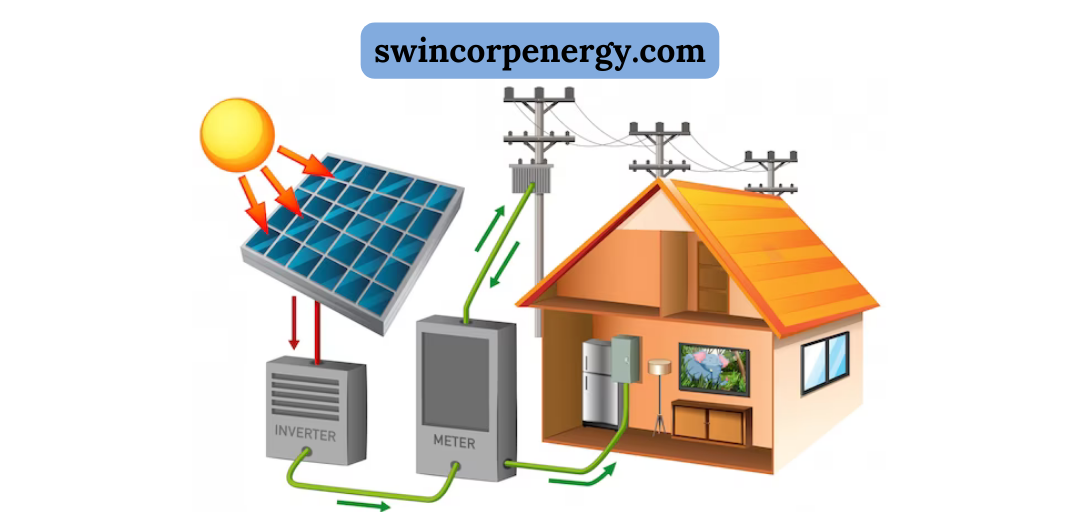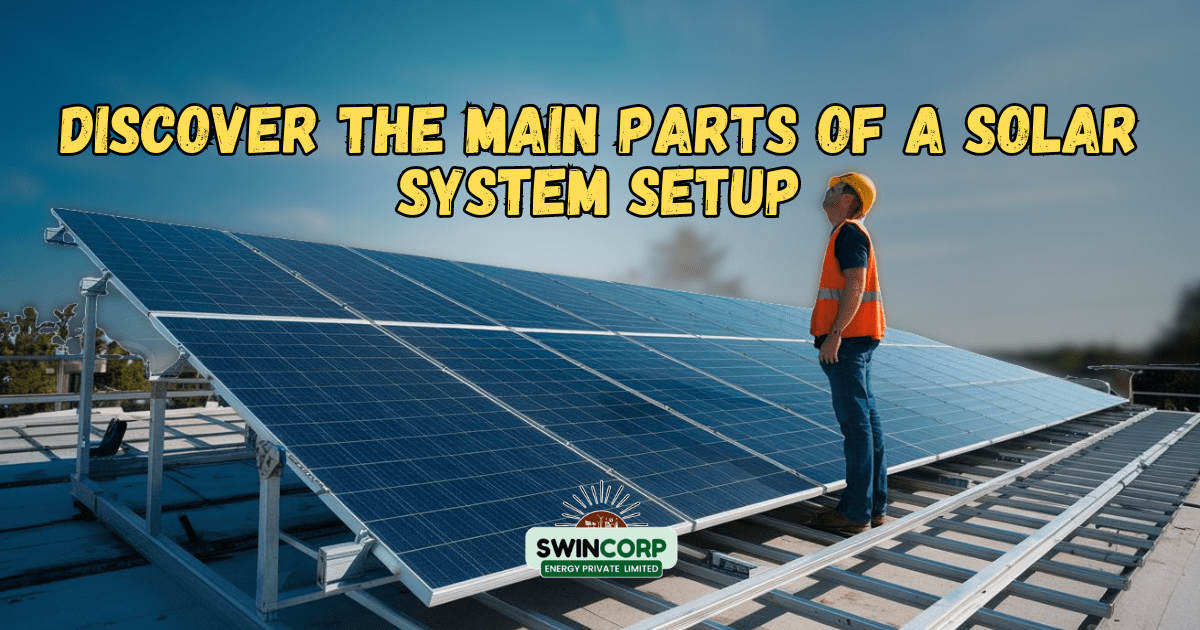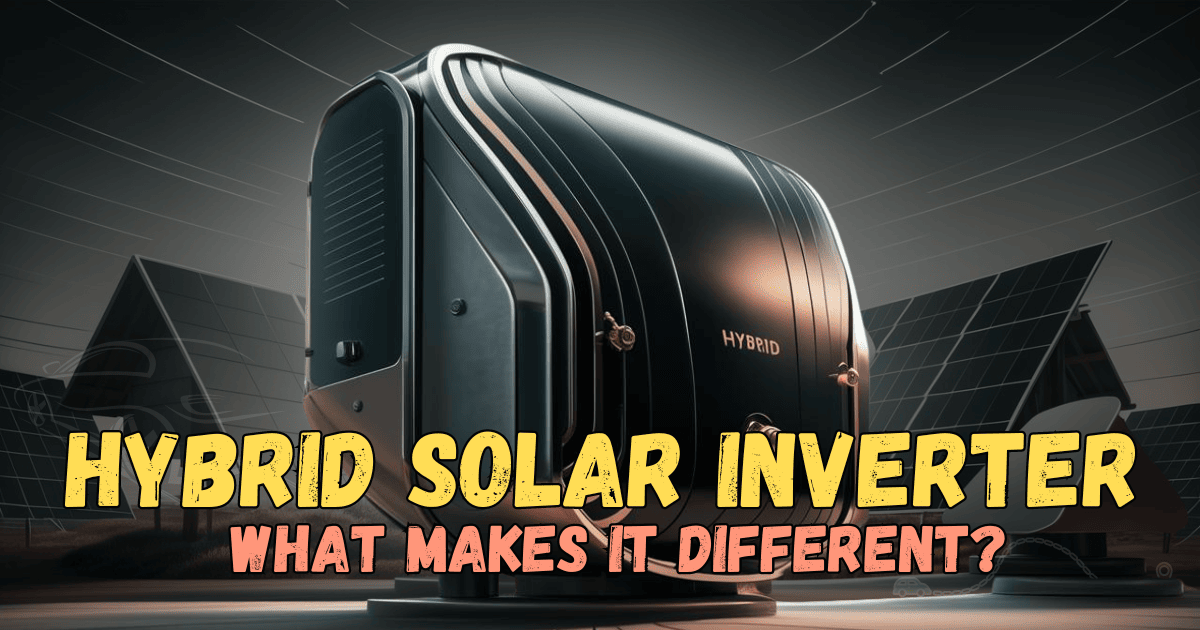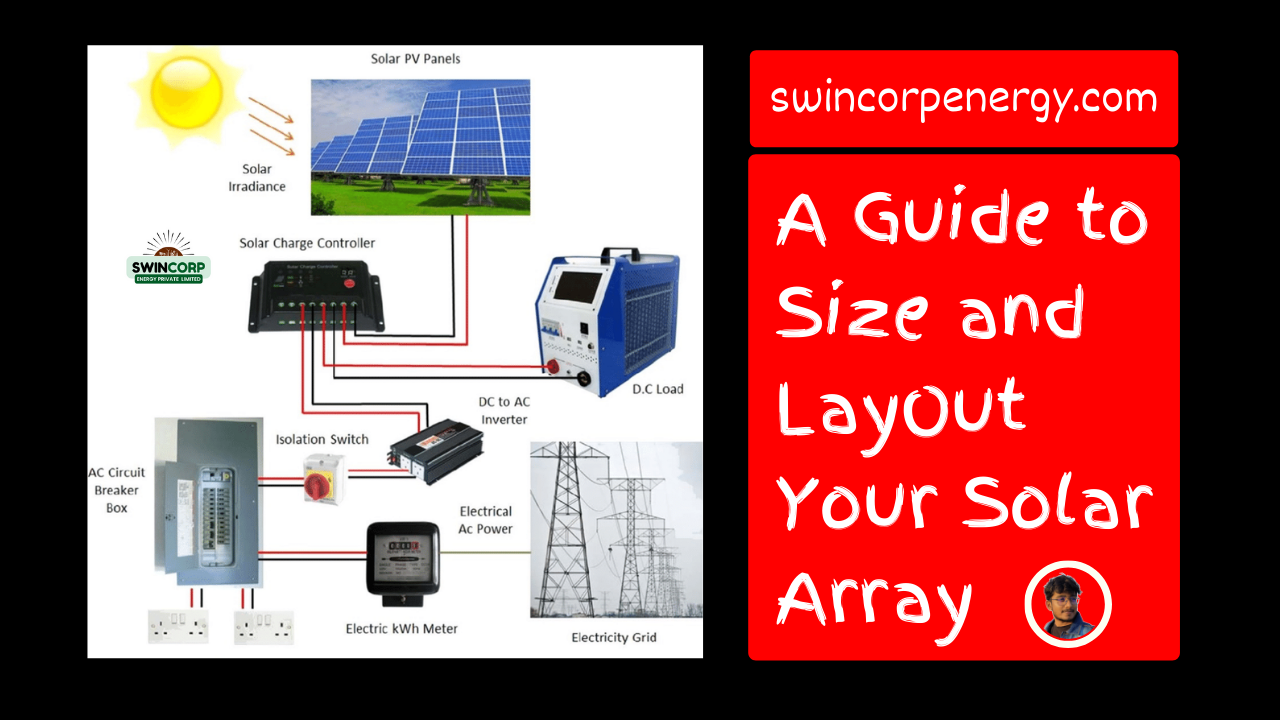Solar Tracking Systems: Types, Advantages, Disadvantages, and Future Developments
Solar tracker is an essential component of solar energy production, enabling the capture of sunlight at optimal angles for maximum energy output. These systems can be categorized into three main types: single-axis, dual-axis, and sun-seeking systems
- Single-axis Solar Tracking Systems: These systems move the solar panels along a single axis, typically in the east-west direction. They are the most common type of solar tracking system due to their simplicity and cost-effectiveness.
- Dual-axis Solar Tracking Systems: These systems move the solar panels along two axes, both east-west and north-south. They provide the highest energy output by following the sun’s movement throughout the day, but they are more complex and expensive than single-axis systems.
- Sun-seeking Solar Tracking Systems: These systems use sophisticated algorithms to predict the sun’s movement and adjust the solar panels’ position accordingly. They offer the highest energy efficiency but are also the most complex and expensive type of tracking system.
In summary, solar tracking systems work by adjusting the angle of solar panels to capture sunlight at the optimal angle for maximum energy output. Single-axis systems move along a single axis, while dual-axis systems move along two axes. The operation of these systems involves the use of sensors and motors to adjust the angle of the solar panels based on the position of the sun.
Advantages and Disadvantages
Solar tracking systems offer increased energy production compared to fixed solar panels, as they capture sunlight at the optimal angle. However, they come with higher installation costs and increased complexity, which may require more maintenance.

Effectiveness and Efficiency
Solar tracking systems can increase the energy output of solar panels by up to 30% compared to fixed panels. This is due to the optimal angle of sunlight capture, which leads to higher energy production
Cost and Maintenance
The cost of a solar tracker varies depending on the type and complexity. While single-axis systems are more cost-effective, dual-axis and sun-seeking systems offer higher energy output but come with higher installation and maintenance costs
Future Developments
Future developments in solar tracker systems include the use of artificial intelligence and machine learning to optimize energy production and reduce maintenance costs. Additionally, advancements in materials and manufacturing processes are expected to drive down the cost of solar tracking systems, making them more accessible to a wider range of users.
Conclusion
In conclusion, solar trackers play a crucial role in maximizing the energy output of solar panels. While they come with higher costs and complexity compared to fixed panels, the increased energy production and future developments in the field make them a valuable investment for renewable energy enthusiasts.
Join whatsApp Channel
Keys: solar tracking system, solar tracker, solar panel tracker, dual axis solar tracker, single axis solar tracker, photovoltaic solar tracker, solar energy tracker, sun tracking system for solar panels, solar power tracker, solar cell tracking system, solar tracking mount, solar tracker benefits, solar tracker cost, solar tracker vs fixed mount, does solar tracking work, best solar tracking system, diy solar tracker, rooftop solar tracker, solar tracker return on investment, is a solar tracker worth it




Solar Trackers : Types, Pros, Cons | Swincorp Energy - Dailygreenworld
[…] Source link […]